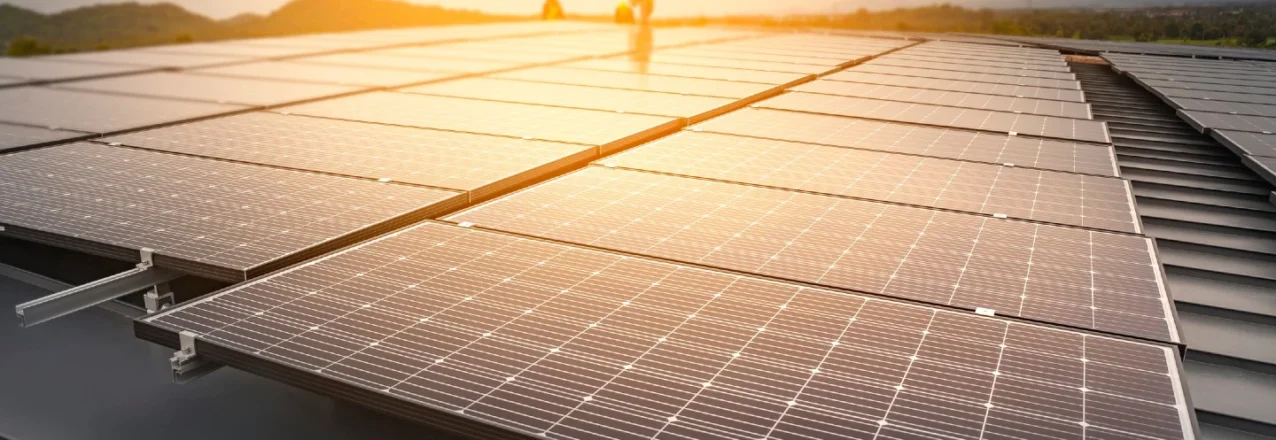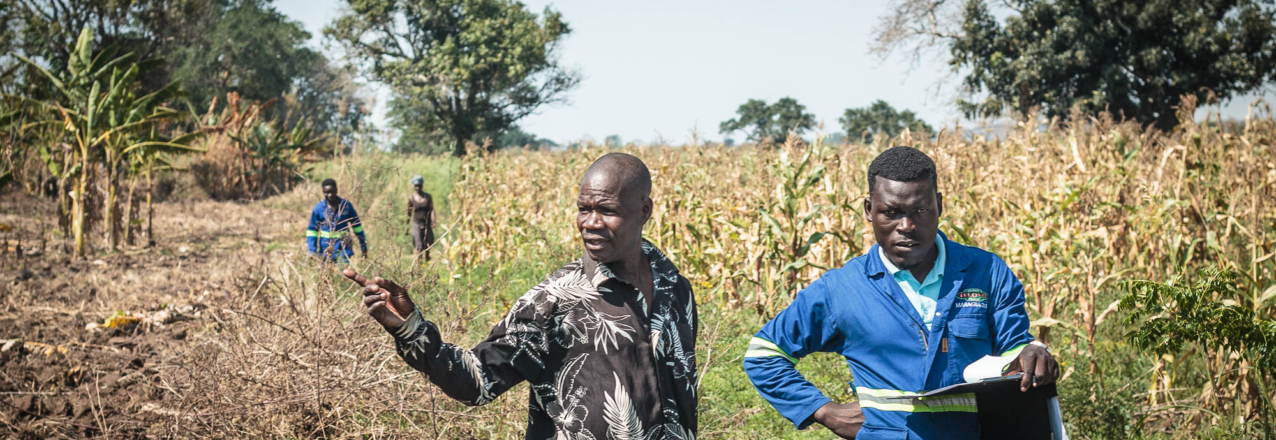This piece originally appeared in The Hill
By Gillian Caldwell
In the not-so-distant future, the average, middle-income American may wake up on a chilly spring morning in a home warmed by solar panels, then travel in an electric vehicle to work in a building where the computers and lights are powered by wind. Clean energy technologies, such as wind turbines, solar panels, electric vehicles and batteries for energy storage are the backbone of future energy systems we need to grow our economy and reduce carbon emissions to net zero by 2050.
These clean energy technologies all rely on a handful of critical minerals including cobalt, lithium, nickel and rare earths. As these technologies become even more prevalent in our society as we transition from a fossil fuel-based economy to carbon neutrality, demand for critical minerals is projected to increase upward of 500 percent by 2050.
The Biden-Harris administration is seizing this enormous economic growth and job creation opportunity by increasing domestic mining, processing and recycling. But even with strong domestic actions, resource-rich developing countries will be essential to meeting demand. Both our energy future and the success of major U.S. companies depends on securing reliable critical mineral supply chains. A recent analysis commissioned by the United States Agency for International Development (USAID) found minerals needed for clean energy — including cobalt, graphite, lithium and aluminum — in over 70 countries where we work.
To secure our energy future while promoting our values, the United States together with the global community must redouble our efforts to promote transparency, accountability and good governance in the extractive sector. Costly supply chain disruptions are more likely to occur when sourcing minerals from countries with weak governance, or where corruption and conflict are common. China dominates global mineral supply chains and has moved aggressively to control production in resource-rich developing countries with poor governance records.
China’s overseas lending has come under international scrutiny over allegations of a lack of transparency, excessive debt levels, non-competitive processes and weak environment, labor and human rights standards. In the Democratic Republic of the Congo (DRC), for example, the government is reviewing $6 billion dollars of China-backed investments over concerns that the deals have failed to generate the local benefits promised. In efforts to combat corruption, illicit activities and human rights abuses at home as well as abroad, the United States is increasingly sanctioning bad actors in the DRC and elsewhere, such as the mining tycoon Dan Gertler, whose reported abuses in the DRC exacted an enormous human and economic toll, according to the U.S. Treasury’s Office.
The United States government is implementing a variety of measures to secure minerals including increasing domestic and allied production and processing capacity, investing in minerals recycling, and we even have a national stockpile of critical minerals. The new Minerals Security Partnership, announced on June 14 by the United States and other countries with high critical minerals investment and offtake potential, complements these efforts by helping catalyze additional investment across the full value chain, supporting the ability of countries to reap the full economic benefit of their geological resources. It also aims to raise environmental, social and corporate governance (ESG) standards and promote recycling.
USAID’s recent “Mining and the Green Energy Transition” report examines the challenges and opportunities posed by the green energy mining boom in developing countries. New mining investments in countries such as the DRC, Indonesia and Peru have the potential to be a source of wealth and jobs for their people, but they also pose increased risks of pollution, conflict, corruption and human rights and labor violations.
We must mine better, fairer and cleaner. Not only is it the right thing to do, but it will also help the United States and our partners secure reliable mineral supply chains. Here are two things we can do:
First, make mineral supply chains more responsible, transparent and accountable. The Biden-Harris administration has made countering corruption a core U.S. national security issue and released the first-ever U.S. Strategy on Countering Corruption. USAID can help. We have over 20 years of experience establishing ethical supply chains for diamonds, gold and other conflict minerals, increasing civil society oversight as well as improving benefit sharing for local communities. We also have two decades of experience supporting the implementation of global transparency and anti-corruption standards such as the Extractive Industry Transparency Initiative. We must build on and amplify our anti-corruption work to ensure the energy transition works for everyone’s futures.
Second, strengthen our partnerships with the private sector. It must be part of the solution. For example, a decade ago USAID and the Department of State co-founded the Public-Private Alliance for Responsible Minerals Trade, which includes major American companies such as Apple, Ford, Google and Intel as well as civil society groups. Among its successes, the Public-Private Alliance laid the groundwork for the very first traceable, conflict-free gold supply chain from the DRC. In 2017, the Department of Labor joined the alliance and together we began addressing more labor and human rights issues in mineral supply chains. We are currently expanding the scope of the Public-Private Alliance to address green energy minerals directly.
Our best chance to tackle the most severe impacts of the climate crisis lies in rapid deployment of clean energy technologies, but they must not be sourced at the expense of human and labor rights, sustainable development goals, accountable governance, human health or environmental integrity. With thoughtful, strategic approaches we can avoid a new “green resource curse” while tackling climate change, creating new jobs and protecting the environment.
Gillian Caldwell serves as the chief climate officer and is responsible for directing and overseeing all climate and environment work across USAID. She previously served as the CEO of Global Witness. She launched and led 1Sky from 2007 to 2010, a cross-sector campaign with over 600 allied organizations to pass legislation in the U.S. to address the climate crisis. She worked as a consultant for more than 70 non-profits, foundations and universities on strategic planning and organizational development.



